For four years elite-athlete sacrifice it all in the hope that they make the cut and are selected to represent their country at the Olympic Games, where everyone all around the world gets to revel in two weeks of breathtaking competition and incredible showmanship. For many, it’s not just about what happens on the running track, in the velodrome or in the pool, it’s also about the spectacle that is the opening ceremony.
In recent times we’ve been treated to some of the most spectacular shows on earth. Last week in Paris, the organising committee took the bold and unique approach to take the ceremony out of the stadium and into the streets to showcase their city to the world through a variety of incredible and unexpected performances, including appearances from Lady Gaga, Celine Dion and rock band Gojira.
Being an event management agency based in Manchester, we look back to the Olympics in our own country – London 2012, and look at the complexities and intricacies in pulling together such an incredible spectacle. The Ceremony, directed by the acclaimed filmmaker Danny Boyle, was a monumental event that captured the world’s imagination. It celebrated British culture, history, and innovation in a spectacle that blended traditional pageantry with cutting-edge technology. However, behind the awe-inspiring show lay a labyrinth of logistical, creative, and technical challenges that required meticulous planning and execution. Here, we delve into the complexities of organising and creating this unforgettable ceremony.
Vision and Conceptualisation
The journey began with the vision. Danny Boyle envisioned an opening ceremony that would not only entertain but also tell a story—one that showcased Britain’s rich heritage and modern achievements. The creative team had to conceptualise a narrative that resonated with a global audience while remaining distinctly British. This required an in-depth understanding of cultural symbols, historical events, and contemporary British society.
Coordination and Planning.
Organising an event of this scale necessitated unparalleled coordination among various stakeholders. The London Organising Committee of the Olympic and Paralympic Games (LOCOG) worked closely with governmental bodies, sponsors, and numerous volunteers. Each segment of the ceremony—from the choreography to the pyrotechnics—had to be meticulously planned and synchronised. One of the major challenges was coordinating with security services to ensure the safety of the participants and the audience. Given the global political climate, security measures were stringent, involving extensive background checks, crowd control strategies, and emergency response plans.
Casting and Rehearsals
The ceremony featured over 10,000 performers, including professional actors, dancers, and thousands of volunteers. Casting these performers was a monumental task, requiring auditions and selections that spanned months. The volunteers, coming from diverse backgrounds, needed training in various performance arts and extensive rehearsals to ensure seamless execution. Rehearsals were particularly complex due to the sheer number of participants and the scale of the venue, the Olympic Stadium. Coordinating these rehearsals often meant dealing with logistical issues such as transportation, scheduling, and ensuring that the performers had adequate facilities and support. Who could forget The Queen skydiving with James Bond, or Mr Bean on the piano in the orchestra conducted by Simon Rattle.
Technological Integration
Technology played a pivotal role in the London 2012 Opening Ceremony. The creative team employed state-of- the-art technology to enhance the visual and auditory experience. This included complex lighting rigs, high-definition video projections, and a sophisticated sound system. Integrating these technologies required collaboration with technical experts and countless hours of testing and troubleshooting. The grandiose set pieces, like the towering chimneys representing the Industrial Revolution, and the spectacular “London skyline” built within the stadium, needed to be both visually striking and logistically feasible. The construction and movement of these sets demanded precise engineering and innovative problem-solving.
Creative Challenges
Creatively, the ceremony had to strike a balance between spectacle and substance. It needed to be entertaining while conveying deeper messages about British identity and history. Iconic moments, such as the portrayal of the NHS, the tribute to British literature with a segment on Voldemort and Mary Poppins, and the appearance of James Bond and Queen Elizabeth II, showcased this balance. Every element, from costume design to musical selection, had to align with the overarching narrative. The ceremony’s soundtrack, which included live performances and pre-recorded tracks, required careful curation to reflect the eclectic and rich musical heritage of the UK.
Financial Management
Financially, the opening ceremony was a significant investment. Budget management was crucial to ensure that costs were kept under control without compromising the quality of the event. This involved negotiating contracts, managing resources efficiently, and securing additional funding where necessary.
Environmental Considerations
The London 2012 Olympics aimed to be the greenest Games ever. This commitment extended to the opening ceremony. Sustainable practices were incorporated wherever possible, from the materials used in the set construction to the sourcing of costumes. The environmental impact was a constant consideration, adding another layer of complexity to the planning process.
Conclusion
The London 2012 Olympic Games Opening Ceremony was a masterclass in organisation, creativity, and execution. It was a testament to what can be achieved when visionaries come together with skilled professionals and passionate volunteers. The complexities involved in bringing such an event to life were immense, but the result was a spectacular celebration that left an indelible mark on the global stage. The success of the ceremony lay in its meticulous planning, innovative use of technology, and the ability to tell a compelling story that resonated with audiences worldwide. It was a night that showcased not just the best of British culture, but the potential of human creativity and collaboration on a global scale.
























